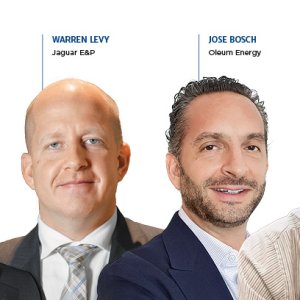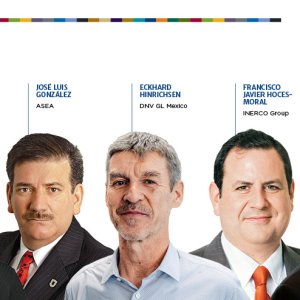
Goals and Challenges of the Special Economic Zones Industry
Mexico is one of the most important investment destinations in the world but it also has vast intra-country disparities that must be addressed, Max Mergenthaler, Head of the Investment Promotion Unit for the Special Economic Zones, told the Mexico Oil & Gas Summit 2017 on Tuesday in Mexico City.
“The Special Economic Zones [ZEEs] were born from the strong differences between the northern and southern regions in the country, where the north is highly industrialized, the center is gradually taking advantage of the economic development and the south is lagging behind,” said Mergenthaler. “Northern Mexico can be compared to developed economies like those in Chile and Brazil, the center is comparable to Croatia and Malaysia and finally the south and southeast to Angola and Mongolia.”
The economic differences have widened in the last few years due mainly to structural barriers, including a lack of human capital and infrastructure, small markets and companies with small productivity, as well as limited access to credit, Mergenthaler told the summit’s audience of industry stakeholders and decision-makers, regarding the implementation of the ZEEs in Mexico.
In his presentation, Mergenthaler discussed the benefits that companies can derive from establishing in ZEEs. Among them, the most significant are: A discount on income taxes totaling 100 percent for the first 10 years and 50 percent for the next five years, as well as exceptions on value-added taxes. The discount of 25 percent in training costs ensures better-prepared human capital in the region, he said. Finally, a 50 percent discount on social security costs for the first 10 years, followed by a 25 percent discount for the next five years, allows for an increase in social security.
Mergenthaler also pointed out the importance of infrastructure. “Logistics infrastructure is vital for the project and we have made a preliminary identification of 172 crucial projects that require an investment of approximately US$5 billion.” Mergenthaler said that 36 percent of that amount is expected to come from public finance and 64 percent from the private sector. “Strong logistics will not only allow for the movement of goods and people in these areas but also to increase imports and exports, ultimately creating a positive economic flow.”
The government is also aware of concerns that ZEEs could drain investment from other regions and has implemented measures to address that possibility. “To ensure that investment and infrastructure is not just transferred from one part of the country to another we make sure that all the investments are new. This makes it impossible for a company to just transfer its facilities, for example, from Monterrey to Coatzacoalcos.”














